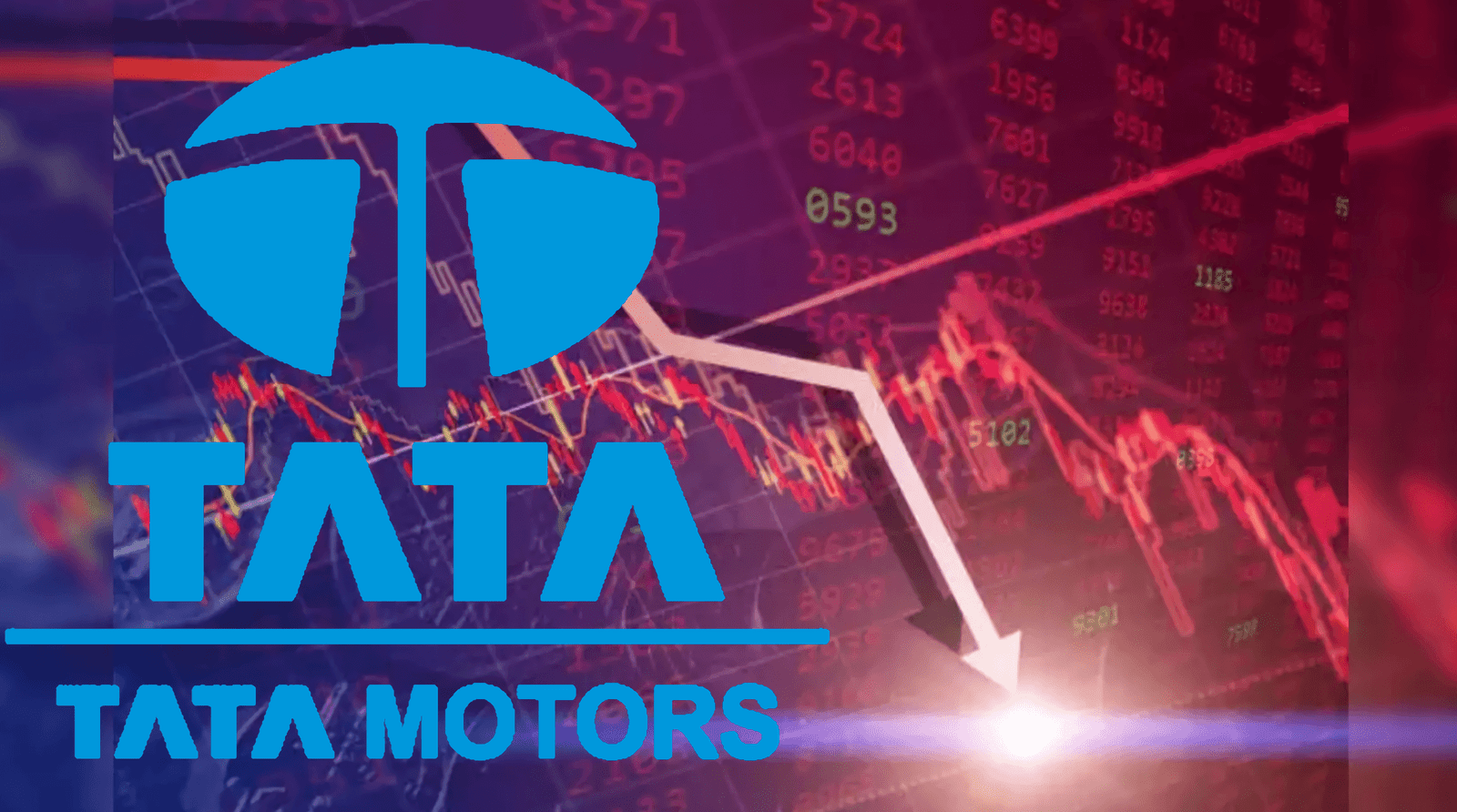
The Risks of Jumping on the Tata Capital IPO Bandwagon
The hype around Initial Public Offerings (IPOs) usually leads to mania among investors. Tata Capital IPO, due next, is not different from the rest.
People have a tendency to look for brands like Tata as their investments. However, with the Tata brand, the issue looks more complicated when studied closer. There are quite a few risks and challenges involved with this investment that should not be taken lightly by any investor.
Market Trends vs. Long-Term Value
Investors tend to move with market trends and the hype for big-name IPOs. They believe such stocks are sure-shot for high returns. But facts from the past say otherwise. Sure, Tata Group’s companies, such as Tata Motors, Tata Steel, and Tata Consultancy Services, have seen a good long-term trajectory.
But all IPOs from the group cannot be in the same league. Even Tata Technologies’ recent IPO saw strong opening but price corrections soon after is a case in point to how volatile IPO stocks can be.
Investments on the basis of market sentiments and not on fundamental analysis will result in loss of money. The IPO stocks are overvalued during the initial days of trading due to heavy demand and speculative interest. Once this hype dies down, stock prices may stabilize at much lower levels.
Financial Health and Performance of Tata Capital
Although Tata Capital has diversified business models, ranging from retail and corporate lending to wealth management and investment advisory, its financial performance has not been untouched by economic slowdowns and regulatory changes. The company’s profitability might be impacted by higher interest rates, increased defaults in the lending sector, and increased regulatory pressures.
Investors should also take note of Tata Capital’s debt, net profit margins, and return on equity (ROE). These are the ones which help to better visualize a company’s financial health and the steadiness of returns it brings.
Comparison with Previous Tata Group IPOs
| Company | Year of IPO | Listing Gains | Current Performance | Key Metrics (ROE, Net Profit Margin) |
|---|---|---|---|---|
| Tata Consultancy Services (TCS) | 2004 | 27% | Strong Long-Term Growth | ROE: 45%, Net Profit Margin: 20% |
| Tata Steel Long Products | 2019 | 5% | Volatile Performance | ROE: 6%, Net Profit Margin: 2% |
| Tata Technologies | 2023 | 140% | Moderate Stability | ROE: 18%, Net Profit Margin: 12% |
| Tata Capital | Upcoming | N/A | N/A | N/A |

The table above demonstrates that not all Tata Group IPOs have delivered consistent results. While TCS became one of India’s most valuable companies, others like Tata Steel Long Products have faced significant volatility.
Market Sentiment and Short-Term Volatility
IPOs are sentiment-driven in the market; Tata Capital will likely see high initial demand driven by brand loyalty and speculative buying. However, sentiment may change quickly because of changes in global economic conditions, interest rate movements, or corporate governance concerns.
Short-term volatility is almost assured in IPO stocks. For long-term growth seekers, it becomes hard to hold on to the stock during such major price movements. The recent global financial uncertainty and India’s changing regulatory scenario add another layer of risk.
Statistical Analysis of Tata Capital’s Share Trends
Even though historical data for Tata Capital’s shares is limited, trends from other financial services IPOs give a useful insight. Most financial services companies tend to have an initial spurt in stock prices that gradually declines with the decline of speculative interest. According to data, about 60% of the financial IPOs in India have underperformed the benchmark indices in one year after listing.
Factors That Could Affect Tata Capital’s IPO Success
1. Valuation Issue: Overvaluation is always a problem with hot IPOs.
2. Economic Factors: High inflation and slowing world economies may affect Tata Capital.
3. Regulatory Changes: Any new lending norms or governance can affect performance.
4. Debt Levels: High debt may hurt profitability and stability.
Careful Investment
While the Tata brand comes with respect and credibility, it does not guarantee success for an IPO. Investors should assess Tata Capital’s financial metrics, business model, and the market conditions before making the investment decisions. Following trends or merely relying on the brand may lead to disappointing results when the actual fundamentals of the company are not well understood.
For conservative investors, waiting for post-listing price stabilization might be a smarter approach. This allows time to analyze the company’s performance in the stock market without the pressure of IPO hype.
The Tata Capital IPO offers an exciting opportunity but at the same time, poses significant risks. The investor needs to go beyond the brand name and examine the financials, market conditions, and long-term prospects of the company. A knee-jerk reaction by investing in the IPO without adequate analysis would be a disaster in this volatile market.
A well-informed, patience approach is what the house needs. Perhaps, in the short run, sitting back and watching will not be a bad strategy based on data rather than hype.








3 thoughts on “The Risks of Jumping on the Tata Capital IPO Bandwagon”